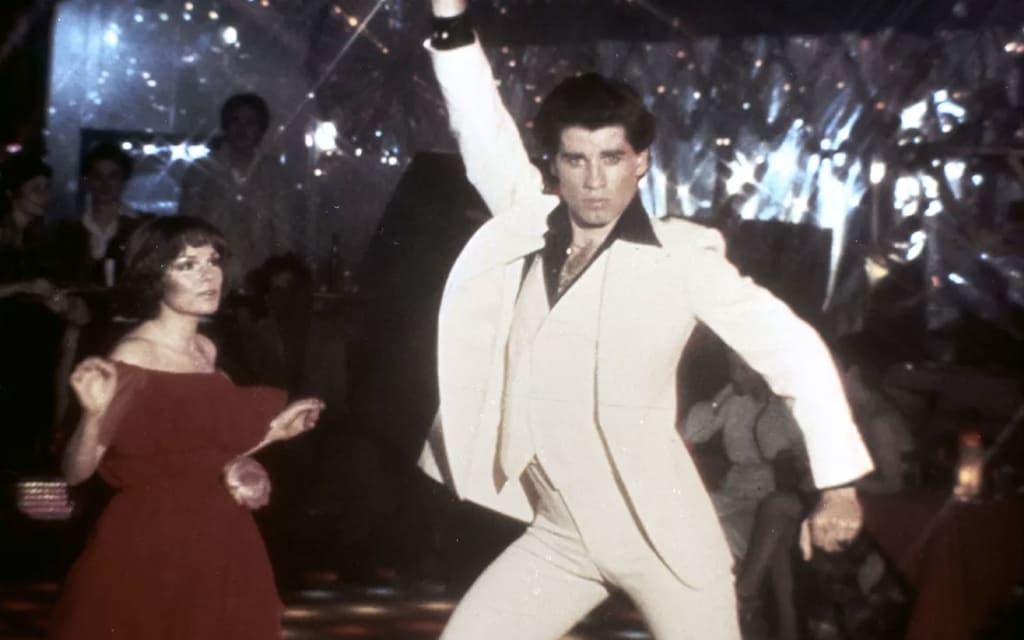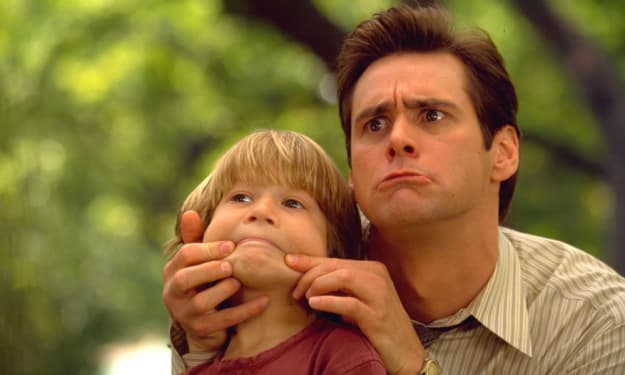Is 'Saturday Night Fever' Still Running High?
"Saturday Night Fever" brought us John Travolta's breakout performance and the Bee Gees' "Stayin' Alive", and that's more than enough.

As long as Norman Wexler (who also wrote Serpico)'s screenplay stays on or near the dance floor, Saturday Night Fever can do no wrong. The rituals, atmosphere and unapologetic promiscuity that define the disco culture of the 70s are captured with the same authenticity and immediacy common to all movies that stand the test of time. John Travolta– having already reached teenage heartthrob status playing Vinnie Barbarino in “Welcome Back Kotter”– was the right pick for Tony Manero. The actor has the smile and presence of a natural movie star and Travolta fuses the audience's attention long before his dazzling dance sequences, which he handles supremely.
Saturday Night Fever dishes out fun, excitement and a silky-smooth soundtrack by the Bee Gees which still remains one of the highest selling albums of all time. The film brought us “Stayin Alive”, a song title and a philosophy later reinforced with the film's sequel Staying Alive directed by Sylvester Stallone.
Travolta's Tony Manero lives with his parents in the Bay Ridge section of Brooklyn, works in the local hardware store and hangs out with the guys he grew up with. In Saturday Night Fever, a 1977 film about a working class hero who dreams and dances, the blue-collar disco scene becomes a subcultural vehicle for describing the social patterns and capturing the overall aesthetic, though the source of the film's staying power lies mostly in the latter realm.
Tony's not oblivious to the pot, pills and powders that fuel the fires of most disco infernos, he just doesn't dabble because his satisfaction simply stems from dancing to the relentless rhythm of boogie music; I point this out with wistful nostalgia for a bygone club culture where this distinction between dance and intoxication was conceivable and removed fascination at how much nightlife has evolved since then.
When Saturday Night Fever strays from the primacy of the street and disco rites it vividly presents, the film's temperature drops considerably. Another dimension develops the night Tony spots Stephanie Mangano (Karen Lynn Gorney) hustling across the floor with the wrong partner and decides that he's got to dance with her. Opposite Travolta's wholesome Tony, Stephanie is the Bay Ridge bitch, looking to get across the psychic and symbolic bridge into Manhattan and break her associations with the neighborhood. She wouldn't give a local 'cliche' like Tony Manero the time of day.
Stephanie's rejection and affected sophistication forces Tony into an inner confrontation with the present and the future that he would instinctively prefer to avoid. Tony doesn't analyze, he moves; after all, only two special attributes–a naturally pleasant personality and extraordinary skill as a disco dancer–separate Tony from his friends in the decade of diminished expectations. Actually, it occurs to me now that if nothing else, Travolta's portrayal of 70s youth–a generation that grew up with their parents' nagging pessimism for their future–is an unintended but still useful comparative tool; Today's political leaders–Tony's ostensible contemporaries–now insist our children they can do anything they set their mind to.
The conflict between Tony's honesty and acceptance of his environment with Stephanie's name dropping, Manhattan manners and pretentious snobbery is a useful backdrop to depict Travolta's delicately drawn character. On a basic level, building up this tension is necessary to convince audiences to buy into Tony's notion of the dance floor as an escape from the rigors of everyday living. But when the film flirts with too direct a comparison of stuffy Stephanie's ideals with Tony's street life, Saturday Night Fever gradually loses its originality and drifts into a pattern persistent pursuit of familiar territory.
Director John Badham does his best to patch the seams of a screenplay that abruptly shifts gears. The first half of Saturday Night Fever takes an episodic and atmospheric approach while the last half features a series of narrative events that seem cramped into the ending of the film. All the energy the filmmakers invest in describing the way the music, dancing and bopping kill off that nothing's happening and nothing's going to happen attitude is negated by having year's worth of experiences–violence, rape, accidental death, salvaged friendship–compacted into a single evening.
Saturday Night Fever succeeds because of its vivid evocation of disco mania and because of John Travolta's vivacious performance. No amount of undermining, in terms of slipshod characterization or mannered circumstance could diminish the actor's breakout screen performance. Travolta's control over Tony's personality is total, and the work he put in learning to dance pays off in the absorbing, dramatic dance sequences, and likely helped his skill set in Grease which serves as solid retroactive proof that a music-based movie works better if it acknowledges and celebrates its inherent silliness; only then will pairing the soundtrack with a superficial script be seen as a strategic and not a lazy move. You'll see the shortcuts Saturday Night Fever takes and sense the film's defects but fortunately they are overwhelmed by its up-to-the-minute aura and the driving beat of its street sounds. You catch the fever-Travolta's the cure.
About the Creator
Mike Mavenful
Baby boomer, Pharmacologist, Movie reviewer and proud grandfather.






Comments
There are no comments for this story
Be the first to respond and start the conversation.